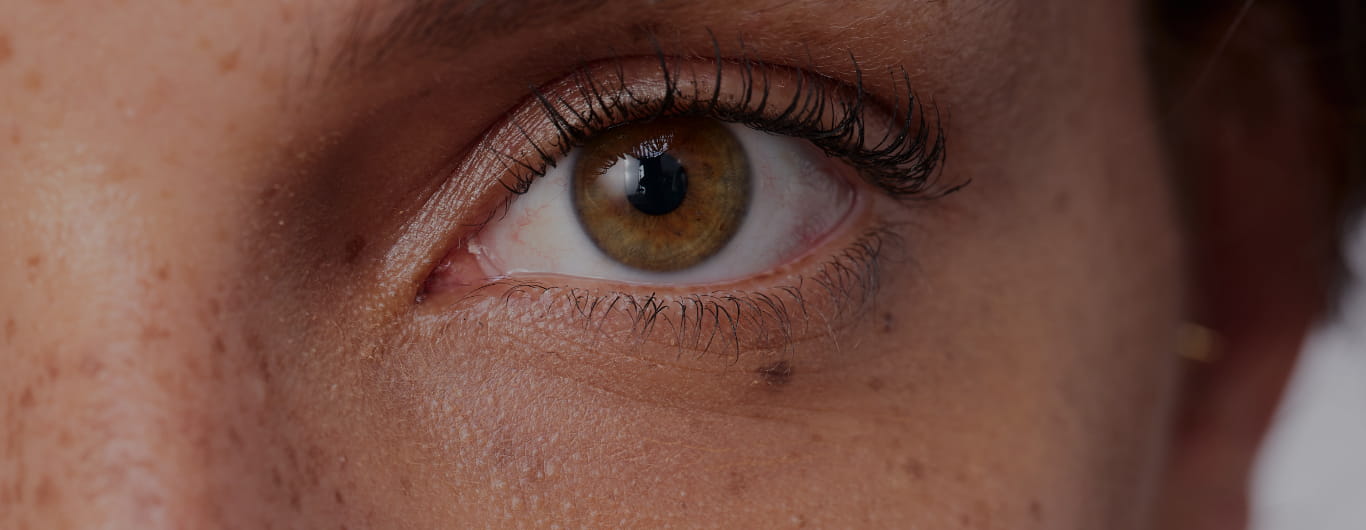In the skincare world, anti-aging products are focusing more on those with powerful hydration properties. Read on to find out why hydrated skin is so important and intrinsically linked to anti-aging.
Why hydration is so important for skin
It’s a fact that skin barrier function maintains hydration and studies have even suggested that water deficiency in the skin is associated with several dermatological dysfunctions(1). Dehydrated skin results in premature aging(2), as skin loses its elasticity and can result in more prominent fine lines and sagging.
In addition, a lack of moisture can result in a decrease in the skin’s ability to heal itself. These signs of skin aging can be postponed and managed through adequate skin hydration. Maintaining the skin’s hydration levels is as equally important as restoring them. Environmental factors can affect the skin’s hydration levels and cause dehydration. The body loses water and other essential nutrients and minerals everyday(4), which, if not compensated for, can result in dehydration and other visible signs of aging.
Studies have shown that dehydrated skin can speed up the appearance of fine lines and wrinkles
Studies have shown that dehydrated skin can speed up the appearance of fine lines and wrinkles on skin(2). Water is responsible for skin smoothness, supple appearance and elasticity. But when skin is dehydrated, elasticity and suppleness are decreased, leading to visible lines and wrinkles.
In fact, many tests have been conducted with the Aqualia Thermale range to prove how it has the properties to influence hydration and protect skin from aggression. Hydrated skin is plumper, looks less lined and the risk of damage is reduced, therefore for supple skin, hydration is key(1).
Where hyaluronic acid and rehydration solution come in
Skin aging is associated with a loss of skin moisture, which can occur due to many factors such as genetics, the process of aging, skin type, and climate conditions. However, humectants like hyaluronic acid and glycerin, draw in and retain moisture on the skin’s surface level, allowing it to better protect it against harmful effects, and leaving skin looking plumped, smooth and refreshed(5).
A rehydration solution is traditionally composed of sugars, ions (like potassium, chloride and sodium) and water, and works to counteract the effects of dehydration.
Aqualia Thermale has been designed to mirror this process, but for topical hydration benefits instead.
Aqualia Thermale comprises of thermal water from Vichy and water taken from the Lucas source. Water sourced from Vichy is pure and preserved, and undertakes a long journey to get the the earth’s surface. Water from the Lucas source contains ion and other trace elements, which are beneficial for skin.
SOURCES:
1. Palma, L. et al, "Dietary water affects human skin hydration and biomechanics" in Clinical, Cosmetic and Investigational Dermatology 8 (2015) pp. 413-421 [Accessible at: https://www.ncbi.nlm.nih.gov/pmc/articles/PMC4529263/]
2. Werschler, W.P. et al, "Enhanced Efficacy of a Facial Hydrating Serum in Subjects with Normal or Self-Perceived Dry Skin" in The Journal of Clinical and Aesthetic Dermatlogy 4.2 (2011) pp. 51-55 [Accessible at: https://www.ncbi.nlm.nih.gov/pmc/articles/PMC3050617/]
3. Ganceviciene, R. et al, Skin anti-aging strategies in Dermato Endocrinology 4.3 (2012) pp. 308-319 [Accessible at: https://www.ncbi.nlm.nih.gov/pmc/articles/PMC3583892/]
4. Popkin, B.M. et al, "Water, Hydration and Health" in Nutrition Reviews 68.8 (2010) pp. 439-458 [Accessible at: https://www.ncbi.nlm.nih.gov/pmc/articles/PMC2908954/]
5. Papakonstantinou, E. et al, "Hyaluronic acid: A key molecule in skin aging" in Dermato Endocrinology 4.3 (2012) pp. 253-258 [Accessible at: https://www.ncbi.nlm.nih.gov/pmc/articles/PMC3583886/]







